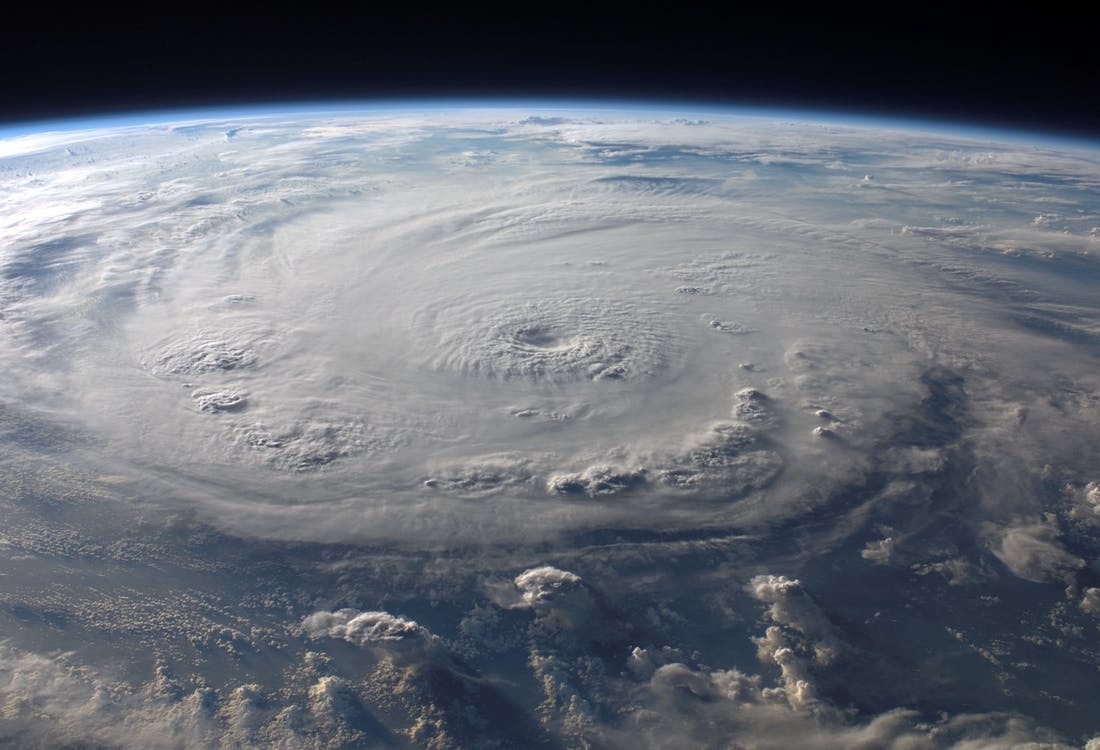Natural disasters can devastate vulnerable economies. Research has also shown that the poor tend to suffer the worst from environmental catastrophes, further widening the income inequality gap. Recent figures from the United Nations Development Programme revealed that people in countries ranked among the lowest 20 percent in the Human Development Index are up to 1,000 times more likely to die in a natural disaster compared to people from countries in the top 20 percent.
Not only are the world’s poorest ill-equipped financially to deal with the fall-out of an earthquake or flood, they also have less access to crucial services required in the aftermath of a disaster. Additionally, society’s most marginalised occupy the riskiest environments, such as slopes subject to landslides. Earthquakes in developing countries such as Pakistan claim thousands upon thousands more lives than ones of the same magnitude in the US.
Further compounding the issue, disasters can devastate a country’s economy — forcing it to buffer against a steady economic descent by selling off its assets. Hurricane Maria not only killed over 1,000 people, but also destroyed approximately $780 million worth of crops.
Whilst traditional insurance models provide coverage for natural disasters, the catch is that the cash-strapped governments and development agencies that need it the most don’t necessarily have the up-front capital required to buy it.
Enter Catastrophe or “Cat” bonds — a cheaper source of insurance coverage against earthquakes, storms, and even the consequences of ongoing drought. Like a bond, you are lent money and pay an interest rate. Unlike normal bonds, if a pre-agreed disaster happens, you don’t have to repay the remaining debt, and your investors forfeit the cash immediately.
The bond can only be “triggered” if the event happens as stated via your specific agreement. The complex modelling strategies used to set unambiguous trigger points is also used to predict the likelihood of a disaster hitting.
“No one understands the risk of loss from climate hazards better, I would argue, than the insurance industry,” said Daniel Stander, managing director of consulting company Risk Management Solutions, which works globally with companies and governments modelling, and managing, catastrophe risk.
“They’ve become experts at translating hazard into damage, and then damage into cold, hard cash.”
Unlike aid or donations, cat bonds ensure that governments receive assured, specifically priced payouts when hit by bad shocks. Additionally, the payouts are transparent; having been based on exact data.
Catastrophe bonds are a way capital markets can invest in developing economies, for the mutual growth of both. Providing investment remains strong in the fast emerging field, they could prove a cheaper and more accessible solution for the government’s of developing countries — ensuring funds are mobilised exactly when they’re needed the most.

